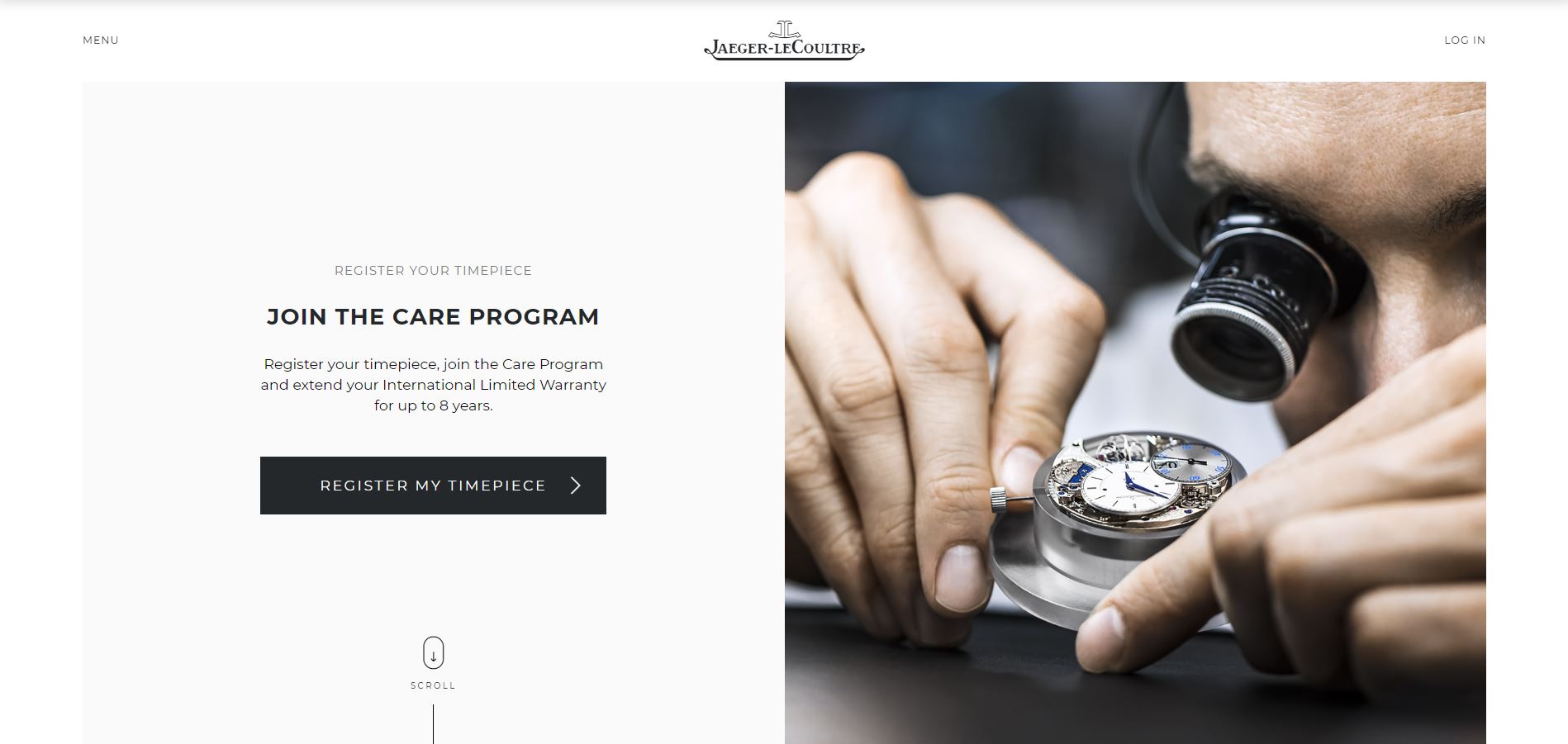
In the watch business today, one of the most common buzzwords (terms) you’ll hear is “direct-to-consumer.” The idea is that brands need to increasingly sell their products and services directly to consumers, bypassing traditional go-betweens such as retailers and distributors. Why? In short, money. In a world where the volume of new watches sold each year cannot be anything near the fantasy projections created by unscrupulous managers a decade ago (meaning it isn’t possible for most brands to simply sell more watches), luxury makers are keen to collect as much profit as possible per sale, as well as per customer over the lifetime of their relationship with that customer. By earning more profit per watch sold, many watchmakers struggling in today’s highly competitive luxury watch market hope to create sustainable business models to carry their company to whatever tomorrow holds.
Direct-to-consumer strategies require more than just access to consumers in order to succeed. Companies that employ direct-to-consumer marketing and sales models need to grapple with a number of practical realities, such as the fact that consumers aren’t looking for more product offers and are probably actually seeking fewer. If watch brands are going to ever hope to do a better job selling products directly to consumers than retailers who specialize in doing so, they will need to offer consumers far more than just promotions in their inboxes. I want to add that, professionally, I do not think a direct-to-consumer model will work for all luxury watch brands. In fact, my seasoned instincts on these matters tell me that a direct-to-consumer model will only work for particular brands, while most companies will still be in a better position to have others handle their customer relationships for them. That, however, is another story. Today, I want to briefly discuss a new direct-to-consumer strategy that was launched by Richemont-owned Jaeger-LeCoultre. This strategy is not unique to Jaeger-LeCoultre, and it will likely soon have analogs at other Richemont brands.

The scheme is simple: Jaeger-LeCoultre is now offering an eight-year warranty on its clocks and watches, provided that customers register their watches with the “Jaeger-LeCoultre Care Program” online. Asking consumers to register their products in order to apply for a warranty is nothing new. It helps brands know who their customers are and gives them a direct line to reaching those customers. See, in the traditional world of selling watches, brands are often clueless as to who is actually buying their products. The identities and contact information of customers is something that third-party retailers understandably keep private, and even if a customer buys something from a brand’s own boutique, there is no guarantee that customer will opt to join a mailing list or provide their contact information in another way. By dangling the promise of a rather long and enticing warranty, Jaeger-LeCoultre hopes to convince new and existing customers to spend a bit more time creating an online profile complete with a list of their purchases from the brand. If complete, such data and a close relationship with an existing customer could be very valuable.
The goal of any direct-to-consumer program is to have a growing list of likely or existing brand customers, in order to reach out to them again for various purposes. For those who don’t understand exactly why, the high interest in such relationships is because the value of an existing owner (someone who already has purchased a watch from Jaeger-LeCoultre, in this example) is statistically higher than someone who has not yet purchased a product — meaning the strategy here for brands like Jaeger-LeCoultre is to increase revenue by increasing business with existing customers.
As a sales strategy, the direct-to-consumer approach makes sense, and it also proves how important it is for watchmakers to market to watch collectors and enthusiasts. Today in a down economy for the watch industry, it boggles the mind how few brands remember the importance of marketing to their core base. Many brands today are in the weakest position they have been in the last decade in terms of developing and keeping relationships with watch-enthusiast consumers. Brands are wise to market to the most likely consumers in a down economy so that they are in a strong position when things pick up again. Having said that, most luxury watch brands have a very poor track record of doing much with the relationships they form with watch consumers. This lack of effective investment in communication and relationship-building is my biggest concern for Jaeger-LeCoultre’s direct-to-consumer strategy. Even if the brand, or brands like it, manage to capture more customer data via an opt-in warranty extension program, what will the brand then do with that data? Traditionally those customers relationships have just been used for sending marketing e-mails and similar materials in the mail. I’ve not yet seen any brands owned by any of the major groups who have demonstrated real proficiency in relating to their customers or creating a sense of community that their consumers would opt into being a part of.
Mind you that Jaeger-LeCoultre does not mention “direct-to-consumer” or plans to use customer data for marketing purposes in its press release to debut the Jaeger-LeCoultre Care Program.” As far as they are concerned, they want existing and new customers to register their new watches in order to enjoy the promise of what a long eight-year warranty can do for them. Jaeger-LeCoultre boasts about their new online interface’s ability to allow customers to see a list of all the brand’s products they own as well as to receive “personalized services.” No doubt Jaeger-LeCoultre would like nothing more than for customers to reach out to them directly with any future sales or service needs. This is part of cutting out the middle person (i.e. third-party retailers) that big group brands are working toward.

